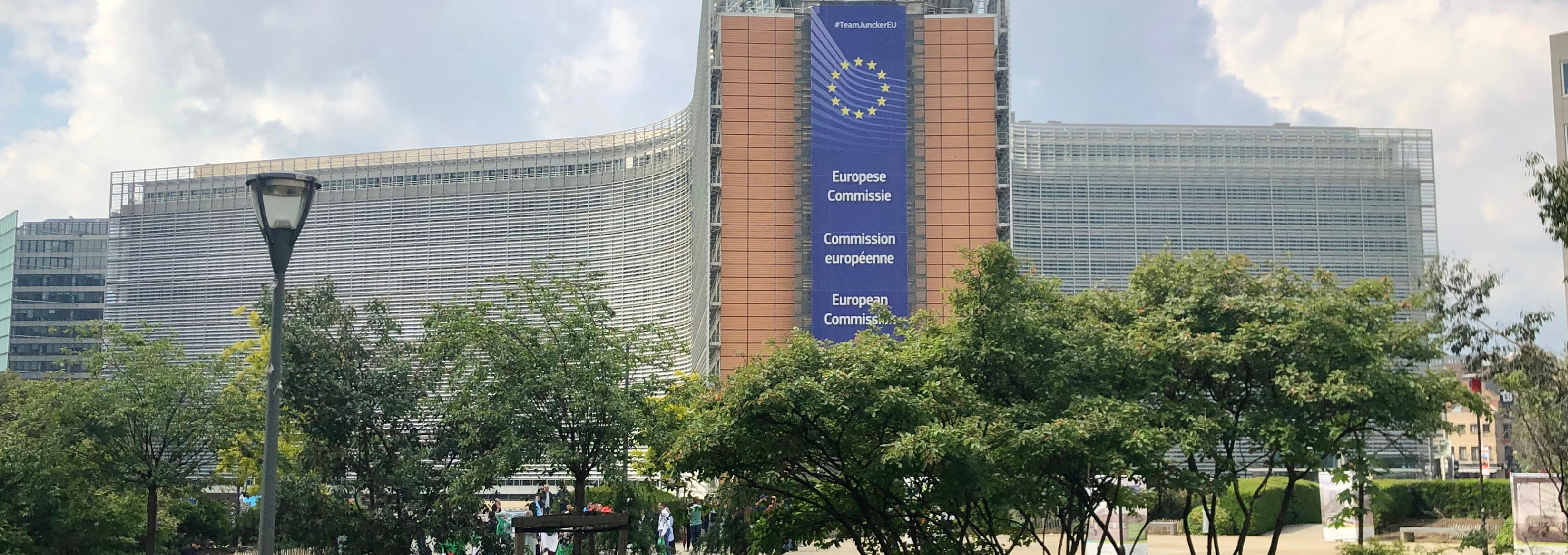

How regulations promote sustainable investing
A raft of new EU regulations is set to promote investments that can help tackle climate change.
まとめ
- EU’s Sustainable Finance Action Plan changes the investing landscape
- Regulation classifies just how sustainable an investment fund really is
- 95% of Robeco funds meet Article 8 and 9 standards of sustainability
Investing has always been subject to regulations, to protect end-investors and maintain standards in a multi-trillion-dollar industry. What is new is a much larger commitment to promoting sustainable investing, led by the EU’s Sustainable Finance Action Plan (SFAP).
The Plan particularly aims to meet the climate goals of the Paris Agreement and the European Green Deal. Part of it will be embodied in new rules such as the Sustainable Finance Disclosure Regulation (SFDR), which clarifies what constitutes sustainable investment funds, and the Taxonomy Regulation, under which asset managers have to disclose what impact (positive and negative) they are making.
The SFAP has three main objectives. The first is to reorient capital flows towards sustainable investment and away from sectors contributing to global warming such as fossil fuels. Second, it aims to manage financial risks stemming from climate change, resource depletion, and environmental degradation. Finally, it seeks to foster transparency and long-termism in financial and economic activity.
The SFDR aims to make the sustainability profile of funds more comparable and better understood by end-investors, using pre-defined metrics for ESG characteristics used in the investment process. As its name suggests, much more emphasis will be placed on disclosure, including new rules that must identify any harmful impact made by the investee companies.
Robeco has committed a dedicated project team of over 40 people to embed all aspects of the SFAP, which will come into effect in phases. The first important deadline of 10 March 2021 for the categorization of funds and disclosures required in fund prospectuses and on websites passed without a hitch.
Landmark agreements
The SFAP was first laid out by the European Commission in March 2018 in response to the landmark signing of the Paris Agreement in December 2015, and to the United Nations 2030 Agenda for Sustainable Development earlier in 2015, which created the Sustainable Development Goals. It is also aligned with the European Green Deal, which aims to see the EU carbon neutral by 2050.
The scope of the regulation is very broad and applies to asset managers, pension funds, EU banks and insurers, among others. A very visible and impactful element in the new regulation is the classification of funds and mandates in three categories, as described in Articles 6, 8 and 9 of the SFDR.
Levels of fund sustainability
Article 6 funds are those which do not integrate any kind of sustainability into the investment process.
Article 8 applies “… where a financial product promotes, among other characteristics, environmental or social characteristics, or a combination of those characteristics, provided that the companies in which the investments are made follow good governance practices.”
Article 9 covers products targeting bespoke sustainable investments and applies “… where a financial product has sustainable investment as its objective and an index has been designated as a reference benchmark.”

Some 95% of Robeco’s funds are classified as either Article 8 (83%) or Article 9 (12%) and just 5% as Article 6. Article 8 funds encompass the Sustainability Inside and Sustainability Focused ranges of strategies. Article 9 funds are the Impact Investing range and are labelled as RobecoSAM. Only a handful of funds such as those using derivatives, or cash accounts, do not integrate ESG.
Prioritising adverse impacts
Adverse impact statements will be required from July 2021. Every asset manager will have to describe its due diligence policy on how it will take the principal adverse impacts of investee companies into account when making investment decisions. It must also describe the actions it is taking to mitigate these adverse impacts.
This will be monitored using a system of 64 adverse impact indicators, of which 18 will be mandatory to report, and 46 will be voluntary. While detailed requirements have only recently become available, Robeco has dedicated efforts to make sure it is prepared, for example by creating adverse impact prototype tooling to assess the impact of the regulation.
EU Taxonomy
Another impactful element of the SFAP is the proposed EU taxonomy, which aims to create a harmonized understanding of what actually consitutes ‘green activities’. The EU has defined minimum criteria that economic activities should comply with in order to be considered environmentally sustainable.
In short, such activities should contribute substantially to one or more of the following six environmental objectives: climate change mitigation and adaption, protecting marine and water resources, transitioning to a circular economy, preventing pollution, and protecting or restoring biodiversity and ecosystems.

SFDR regulation
SFDR is an evolving set of EU rules aiming to create a level playing field for how sustainable investment strategies are classified by asset managers. It helps to clarify the definition of a ‘sustainable fund’ and combat the growing threat of greenwashing.
重要事項
当資料は情報提供を目的として、Robeco Institutional Asset Management B.V.が作成した英文資料、もしくはその英文資料をロベコ・ジャパン株式会社が翻訳したものです。資料中の個別の金融商品の売買の勧誘や推奨等を目的とするものではありません。記載された情報は十分信頼できるものであると考えておりますが、その正確性、完全性を保証するものではありません。意見や見通しはあくまで作成日における弊社の判断に基づくものであり、今後予告なしに変更されることがあります。運用状況、市場動向、意見等は、過去の一時点あるいは過去の一定期間についてのものであり、過去の実績は将来の運用成果を保証または示唆するものではありません。また、記載された投資方針・戦略等は全ての投資家の皆様に適合するとは限りません。当資料は法律、税務、会計面での助言の提供を意図するものではありません。 ご契約に際しては、必要に応じ専門家にご相談の上、最終的なご判断はお客様ご自身でなさるようお願い致します。 運用を行う資産の評価額は、組入有価証券等の価格、金融市場の相場や金利等の変動、及び組入有価証券の発行体の財務状況による信用力等の影響を受けて変動します。また、外貨建資産に投資する場合は為替変動の影響も受けます。運用によって生じた損益は、全て投資家の皆様に帰属します。したがって投資元本や一定の運用成果が保証されているものではなく、投資元本を上回る損失を被ることがあります。弊社が行う金融商品取引業に係る手数料または報酬は、締結される契約の種類や契約資産額により異なるため、当資料において記載せず別途ご提示させて頂く場合があります。具体的な手数料または報酬の金額・計算方法につきましては弊社担当者へお問合せください。 当資料及び記載されている情報、商品に関する権利は弊社に帰属します。したがって、弊社の書面による同意なくしてその全部もしくは一部を複製またはその他の方法で配布することはご遠慮ください。 商号等: ロベコ・ジャパン株式会社 金融商品取引業者 関東財務局長(金商)第2780号 加入協会: 一般社団法人 日本投資顧問業協会




















